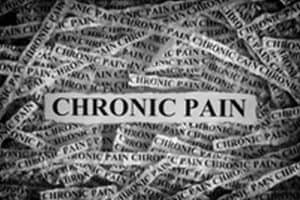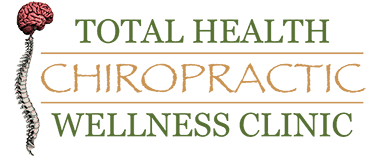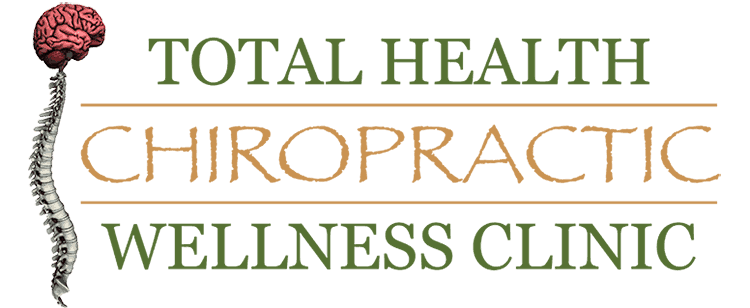Pain lasting more than three months in duration becomes labeled as chronic pain. According to the Centre for Pain Research, at the National University of Ireland, Galway, over half a million people in Ireland suffer from chronic pain daily. And more than a third of the U.S. population (110 million people) suffers from some form of chronic pain. Nothing robs the joy and happiness out of life more than persistent pain and nagging discomfort. The debilitating nature of chronic pain makes life feel miserable and hopeless for individuals and families coping with the condition.
Chronic pain traces back to many different causes and triggers. Science interprets that most chronic pain sufferers begin with a single physical or emotional trauma. The body responds through muscle tightness and spasms for defense and protection. Unaddressed causes and conditions manifest in chronic pain. Emotional centers in the brain and nervous system share the same pathway as physical pain. This leads to a downward spiral of pain patterns as the chronic pain sufferer becomes stressed and burdened with more pain that goes unresolved with pills and drugs.
One of the biggest challenges for chronic pain sufferers stems from the standard recommendations that treatment comes in the form of non-steroidal anti-inflammatory drugs (NSAIDs) or opioid drugs. These substances provide temporary relief but make pain worse in the long run and create dependency on chemical intervention. Strong drugs numb the brain to the existence of pain, but common neurological patterns associated with chronic pain become more permanent if causes go unaddressed. Physical causes and emotional pathways both need to be addressed to achieve full recovery from inflammatory conditions.
Research compared and evaluated the effectiveness of NSAID drugs, acupuncture, and Chiropractic adjustments on those suffering with chronic pain. Patients in the study group receiving Chiropractic care experienced chronic spinal pain longer on average than the subjects who received acupuncture and NSAID drugs. Chiropractic adjustments delivered three times greater relief than acupuncture and five times greater relief than NSAID drugs. The science proved that Chiropractic care influences the autonomic nervous system in ways that many other interventions and therapies do not. Treatment plans for chronic pain should go hand in hand with Chiropractic care. Inflammation becomes another important aspect of chronic pain. Lifestyle choices that help avoid or reduce inflammation prove critical for chronic pain sufferers. Movement also plays an essential role in conquering chronic pain. A vital part of chronic pain recovery involves moving the entire body and all muscle systems.
Four tips to reduce chronic pain include:
- Spinal and Nervous System Care (Chiropractic)
- Anti-Inflammatory Nutrition
2) Movement (Exercise)
4) Mindfulness – rhythmic breathing, gratitude, and meditation
Chiropractic helps resolve pain in more ways than one. Better movement and alignment in the spine allows for greater autonomic nervous system function. A balanced nervous system plays a large part in overcoming pain patterns and immediately helps sufferers begin to be active again. Feelings of hope and positivity provide a springboard for committing to a successful chronic pain recovery plan. A combination of Chiropractic care and other lifestyle components offer hope for healing and a better quality of life for those suffering from chronic pain.
References:

